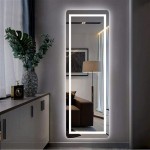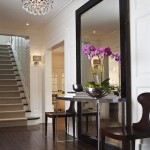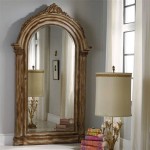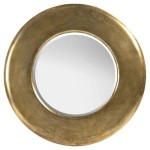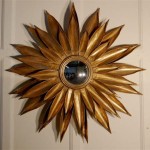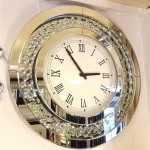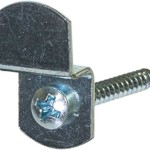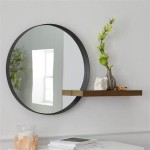Why Are Floor Mirrors So Expensive?
Floor mirrors, those elegant and functional pieces that add a touch of style and spaciousness to any room, often come with a hefty price tag. Understanding the factors contributing to their cost can help consumers make informed purchasing decisions. Several key elements influence the final price, from raw materials and manufacturing processes to shipping logistics and market demand.
Size and Scale: A Major Price Driver
One of the most obvious factors affecting the cost of a floor mirror is its size. Larger mirrors require more raw materials, increasing production expenses. The larger surface area also necessitates more robust framing and backing to prevent warping or breakage. Furthermore, the sheer size and weight of large mirrors contribute to higher shipping and handling costs.
Mirror Quality and Type: Reflecting Cost Differences
The quality of the glass itself plays a significant role in the overall cost. Standard glass mirrors are generally more affordable, but they may distort reflections slightly. Higher-quality mirrors utilize plate glass or even crystal-clear glass, offering superior reflectivity and minimal distortion. These premium glass types come at a premium price. Additionally, some mirrors feature specialized coatings for enhanced durability or specific aesthetic effects, further influencing the cost.
Frame Materials and Construction: Adding to the Expense
The frame contributes significantly to both the aesthetic and the cost of a floor mirror. Simple, unadorned frames made from basic materials like plastic or thin metal are generally less expensive. However, elaborate frames crafted from hardwoods, intricate metalwork, or unique materials like reclaimed wood add considerable expense. The intricacy of the frame design, the labor involved in its construction, and the cost of the materials themselves all impact the final price.
Manufacturing Processes and Labor Costs: Contributing Factors
The manufacturing process involves several stages, each contributing to the final cost. Cutting and shaping the mirror glass, constructing the frame, and assembling the finished product require skilled labor. More intricate designs and higher-quality materials necessitate more time and expertise, driving up labor costs. Manufacturers also factor in overhead expenses like factory space, equipment maintenance, and quality control measures.
Shipping and Handling: Logistics and Expenses
Floor mirrors, especially large ones, present unique shipping and handling challenges. Their fragility necessitates specialized packaging and careful handling to prevent damage during transit. The weight and dimensions of the mirror also influence shipping costs, as larger and heavier items require more expensive freight services. These logistical considerations contribute significantly to the overall price.
Retail Markup and Brand Recognition: Influencing Price Points
Retailers add a markup to the wholesale price to cover their operating costs and generate profit. This markup can vary depending on the retailer, the brand, and the specific mirror. Well-established brands with a reputation for quality and design often command higher prices. Retailer location and marketing efforts also influence the final cost presented to the consumer.
Market Demand and Trends: Impacting Price Fluctuations
Like any consumer good, the price of floor mirrors is subject to market forces. High demand for specific styles or materials can drive up prices, while oversupply can lead to lower prices. Current design trends and consumer preferences also influence pricing. For example, a sudden surge in popularity for antique-style mirrors might lead to increased prices for these items.
Tariffs and Import Costs: Global Factors at Play
Many floor mirrors are manufactured overseas, and the cost of importing them can significantly affect the final price. Tariffs, import duties, and currency exchange rates all contribute to the expenses associated with bringing these products to market. Changes in global trade policies and economic conditions can also impact pricing.
Specialty Features: Adding Value and Cost
Some floor mirrors incorporate additional features that add both functionality and cost. Built-in lighting, adjustable tilting mechanisms, or integrated storage compartments increase the complexity of the manufacturing process and require specialized components. These added features contribute to a higher price point, reflecting the increased value and utility they offer.

Why Are Mirrors So Expensive Top 5 Reasons

Why Are Mirrors So Expensive 5 Important Factors To Know Moyes Glass

Why Are Mirrors So Expensive Top 5 Reasons

Why Are Mirrors So Expensive 5 Important Factors To Know Moyes Glass

How To Buy A Flattering Mirror That Isn T Warped The Strategist

11 Affordable Anthropologie Mirror Dupes Same Look For Less 2024

16 Large Floor Mirrors That Add Style Without Breaking The Bank

Full Length Mirrors And Floor Under 100 Decor Trends Design News

12 Best Full Length Mirrors 2024 Affordable Long

Diy Antique Mirror Makeover Jenna Sue Design

